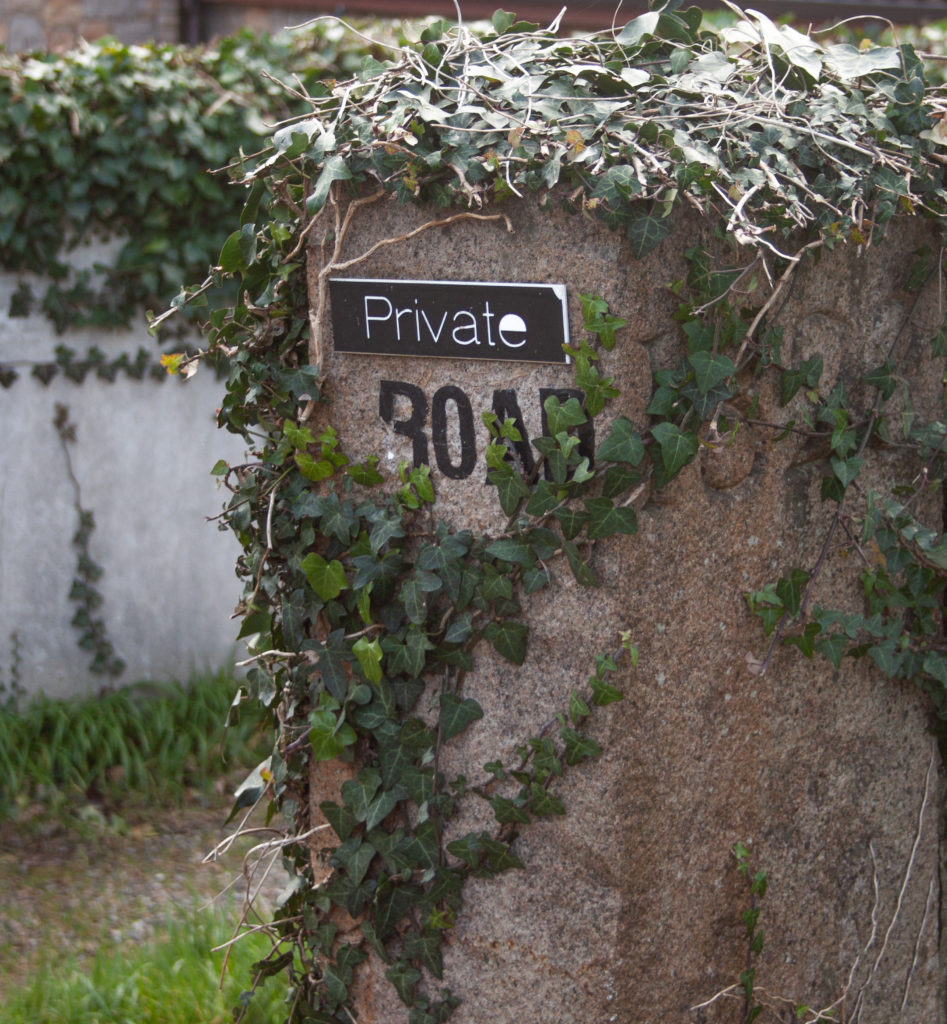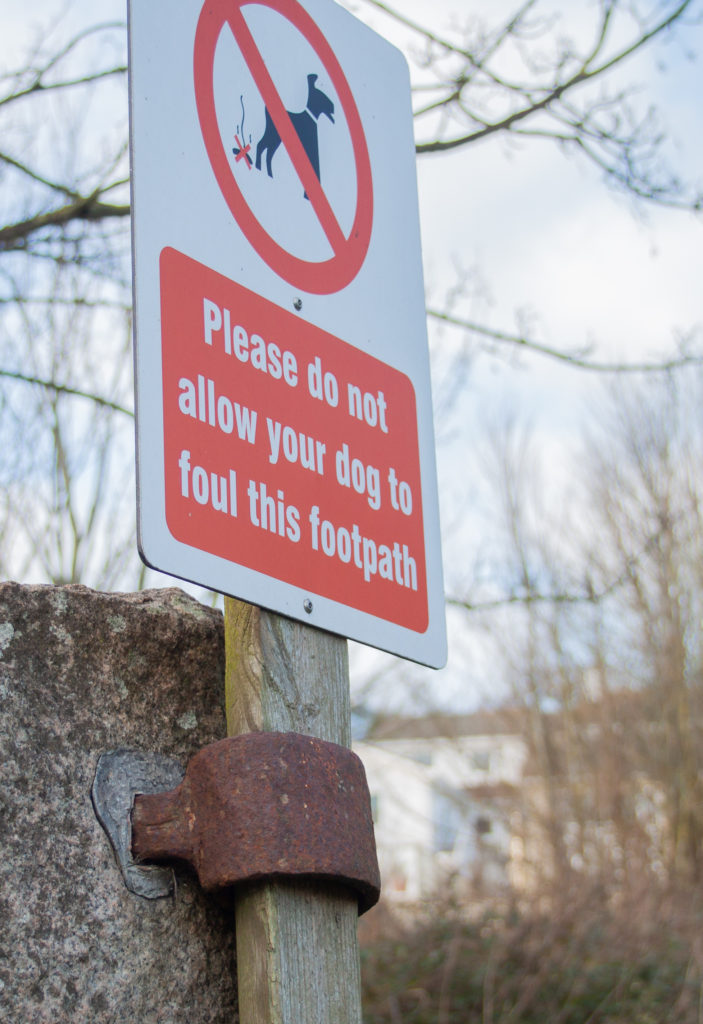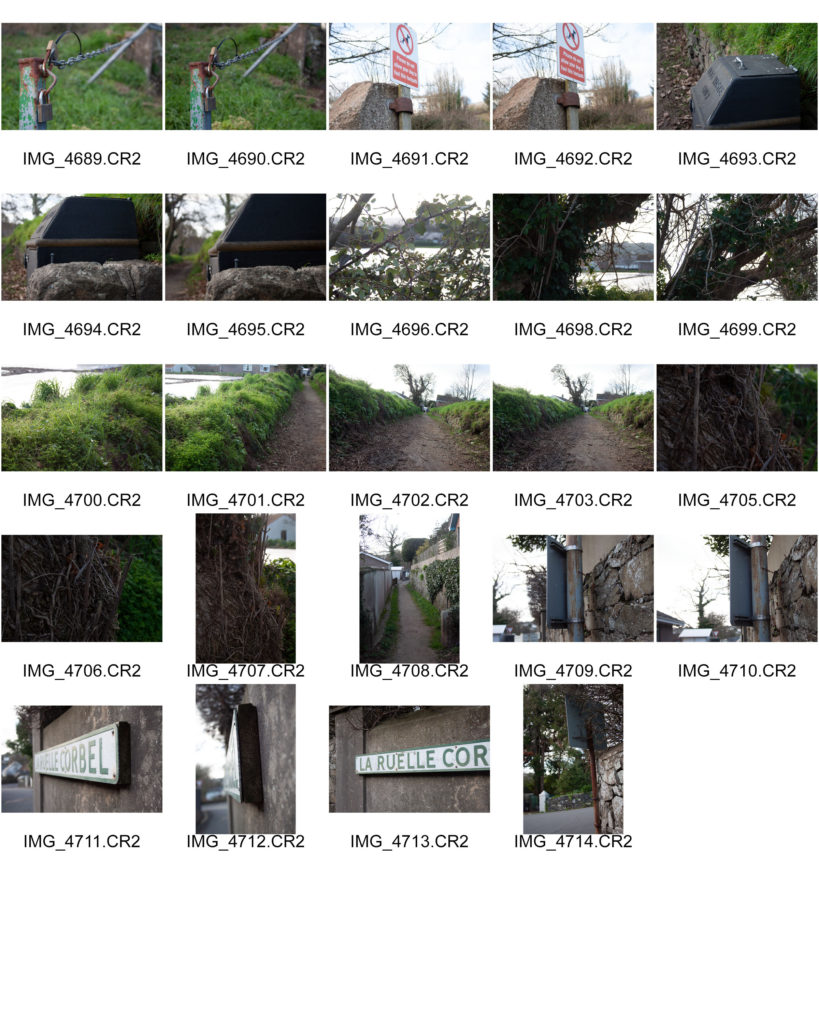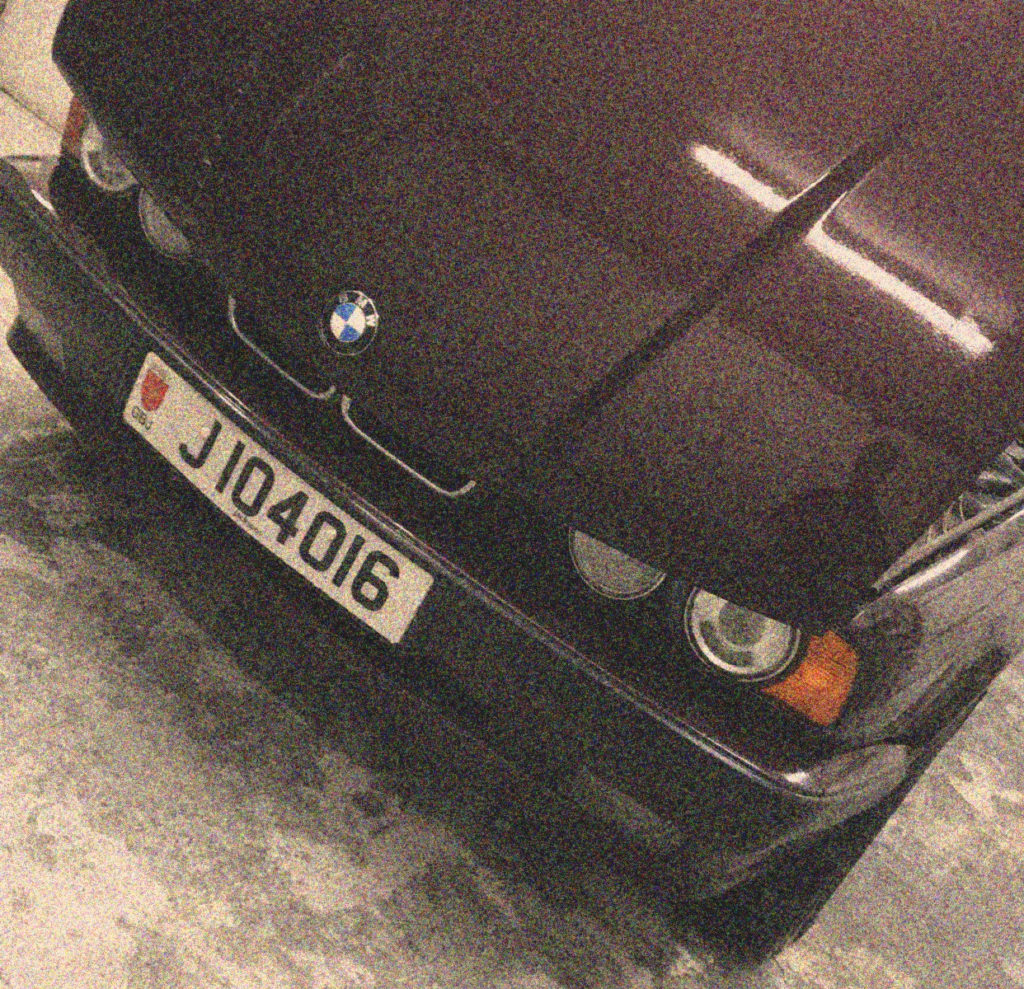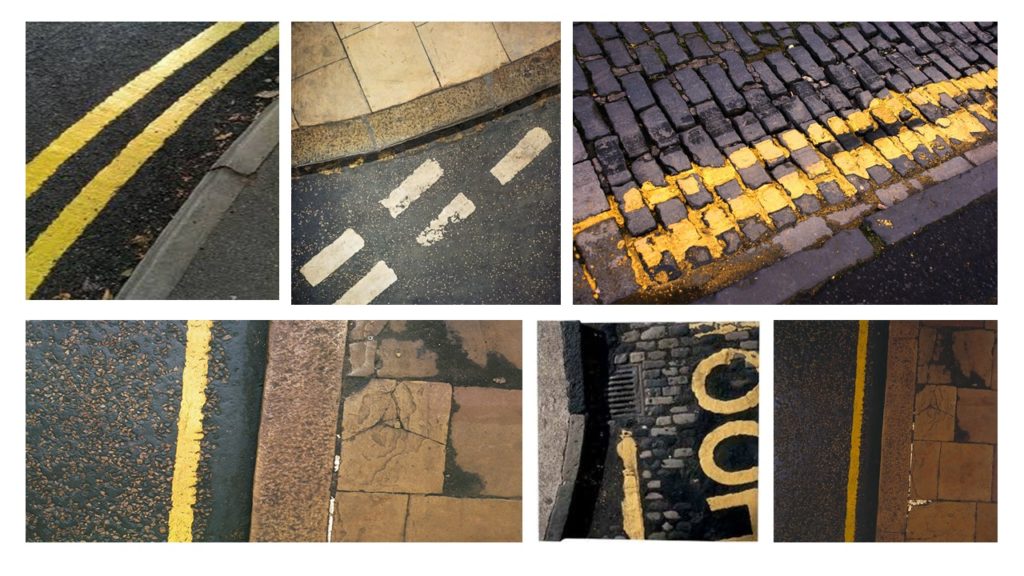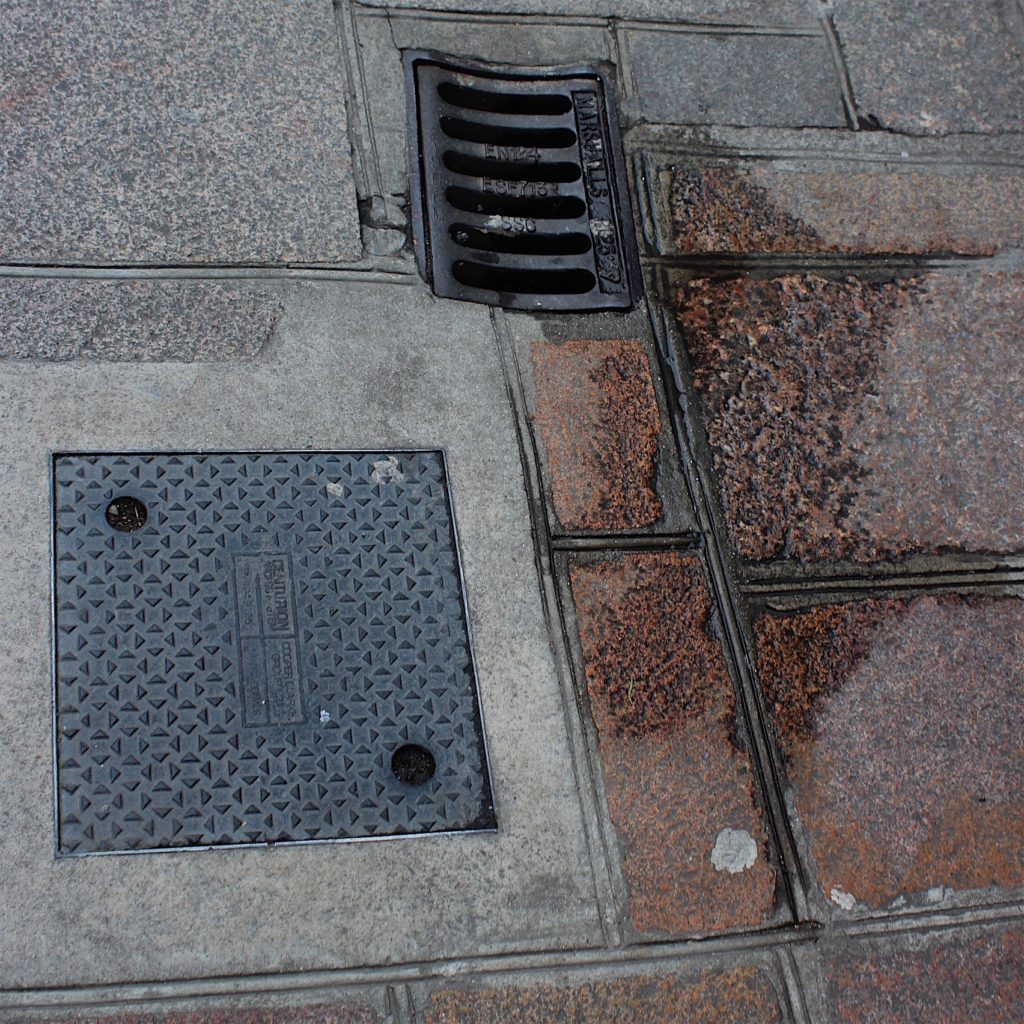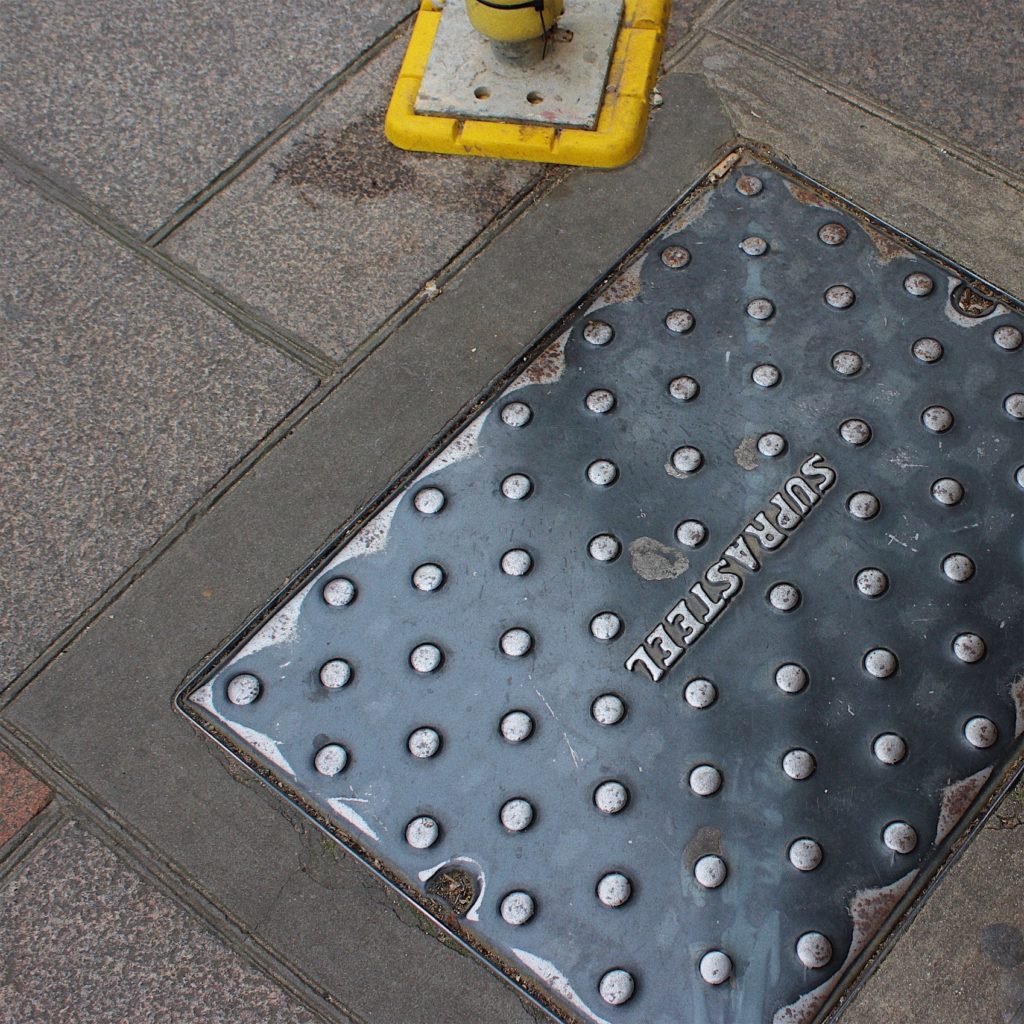To respond to journeys and pathways I decided to photograph the sky throughout the day every hour so I would be able to capture the different positions of the sun as well as the movement of the clouds and the colours of the sky. I set my camera onto a tripod and placed it near a window so I could capture several images of the sky from inside my house. The viewer can then see the gradual progression from day to night from one viewpoint.
This project relates to the theme since it’s the journey of the day from sunrise to sunset. I started taking images at 11:00 am and finished around 7:00pm. Once the time got closer to 5pm, I decided to capture more images frequently since this time of the day is when the sky changes the most in terms of colour.
I decided to create a gif with these images on the website GIPHY to show how the sky changes throughout the day in a quick video that continues in a loop. I decided to have each image show up for 0.2 seconds to create a slideshow.
Times when an image was taken
- 11:20 am
- 11:40 am
- 12:00 pm
- 2:50 pm
- 3:30 pm
- 4:00 pm
- 4:30 pm
- 5:20 pm
- 6:00 pm
- 6:20 pm
- 6:40 pm
- 6:50 pm
- 7:00 pm
- 7:10 pm
Evaluation
Creating a gif to present these images was a good idea since the viewer can rapidly see the movement of the sun and the clouds. The gif also turned out smooth when played since the images were all taken from one angle. Taking images through the window helped to frame the sky.
Future Photo Shoot Idea
An idea for a future photo shoot is to take several images throughout the day of the tides so the viewer can see the extreme change from low tide to high tide in Jersey. Jersey may be a small island, but it can boast some of the biggest tides in the world. When it recedes, the immense body of water seems to melt into the horizon, only to surge back to shore with alarming speed.












